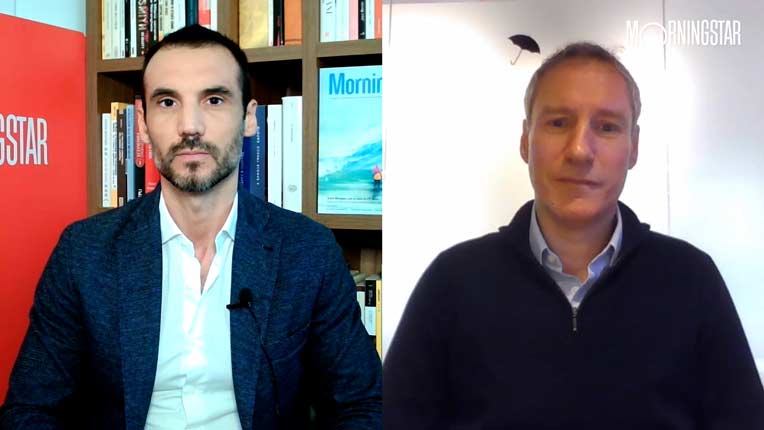We have seen a spike in U.S. Treasury yields. Why is this important for investors?
Brad Bugg: I think it's important because it's the first time in seven years that we've seen interest rates move back to this level. Over the last couple of years, investors have been hamstrung by the very low interest rates which they have been able to get on their money, whether they are investing in cash or investing in bonds. Traditionally, people seek out cash or bonds as the safe haven in their multi-asset portfolio.
So, we think, sort of, higher interest rates on these defensive assets is actually a good thing for investors. There are knock-on effects into other asset classes. But ultimately, while there is some shorter-term losses, the longer-term outlook for investors is more positive than the one we've had for some time.
Some analysts have suggested this is an indication of a recession approaching 2020. What are your thoughts?
I wouldn't want to predict whether we are going to see a recession in 2020 or not. But certainly, if you look at the shape of the yield curve as it is today, there is an indication that there will be slower growth in the latter part of 2019 and into 2020. I think it's difficult for many to think that we might have a recession in the U.S. given where we are in terms of the economic fundamentals there. Economic growth is as strong as it's ever been.
We've seen unemployment at the lowest levels it's been for some time. So, we need to see quite a sharp deceleration in the U.S. economy to enter into a recession come 2020. But you can never rule anything in or out in these markets.
What effect does the spike in U.S. Treasury yields have in your portfolio?
In the shorter term, we sort of see some small losses, because when yield dries, that actually results in a capital loss in the portfolio. But we are more concerned about other parts of the portfolio and what higher interest rates mean, particularly the equity component of any investor's portfolio.
Higher interest rates typically translate to higher discount rates, and the high your discount rate, the lower the valuation that may be put on your equity portfolio. So, I've been more worried about sort of the impact of higher interest rates on my equity portfolio than my bond portfolio at this point in time.
The information contained within is for educational and informational purposes ONLY. It is not intended nor should it be considered an invitation or inducement to buy or sell a security or securities noted within nor should it be viewed as a communication intended to persuade or incite you to buy or sell security or securities noted within. Any commentary provided is the opinion of the author and should not be considered a personalised recommendation. The information contained within should not be a person's sole basis for making an investment decision. Please contact your financial professional before making an investment decision.




















